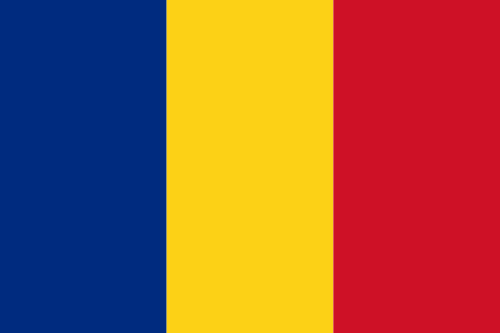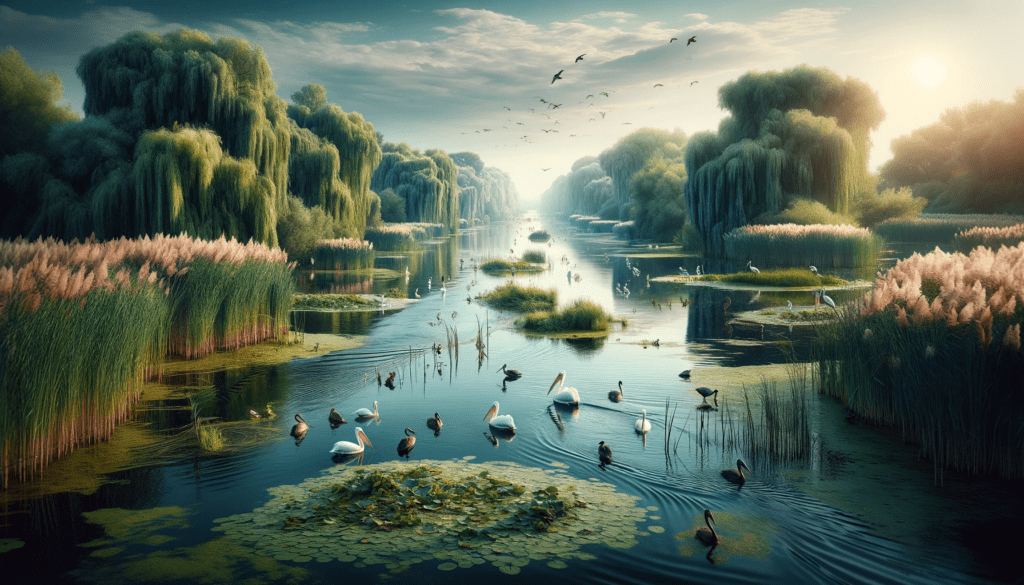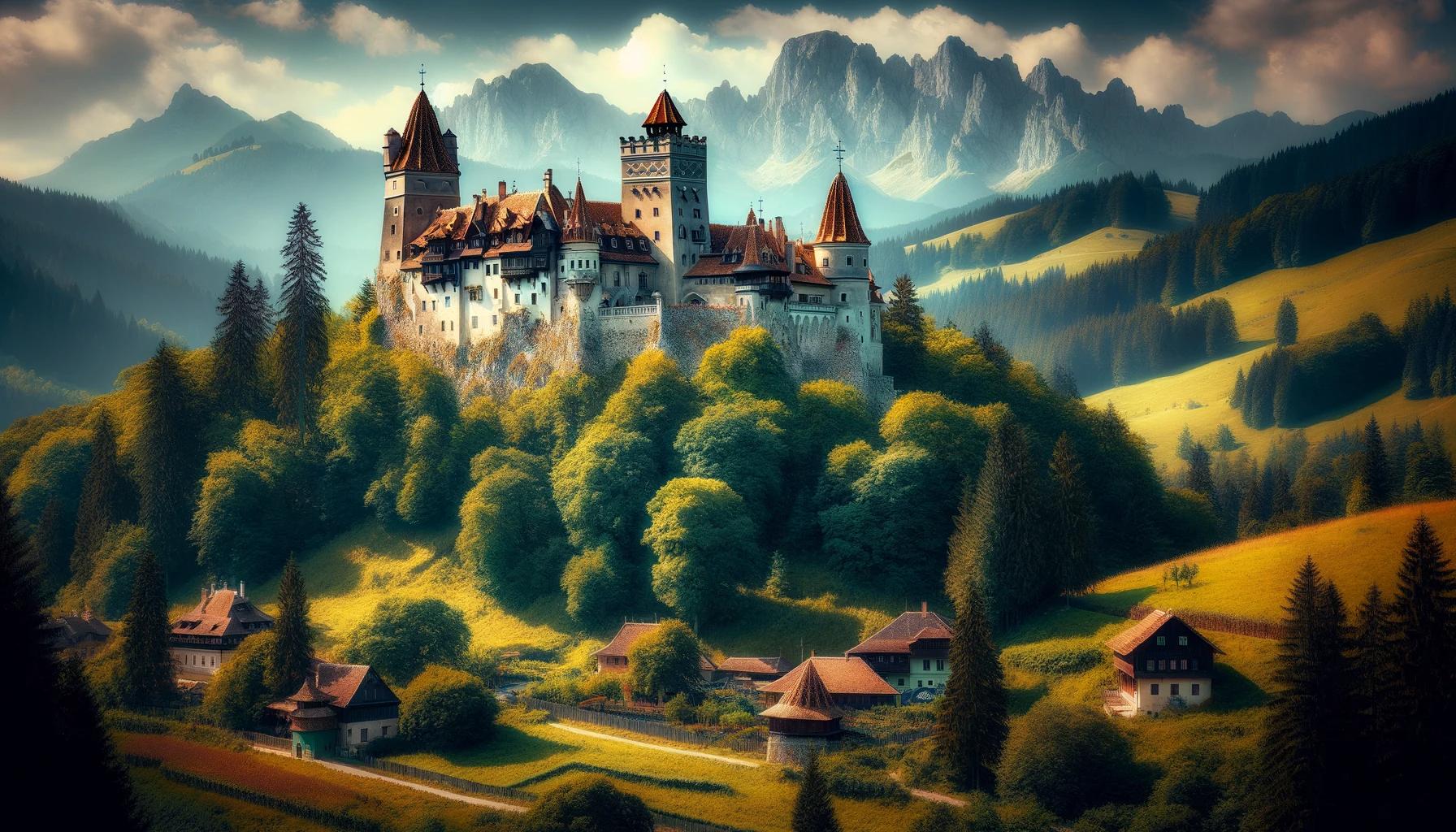Romania is a nation with a rich historical tapestry, diverse cultural identity, and beautiful natural landscapes. It continues to evolve as a modern European country, balancing its traditional roots with contemporary development and integration.
List of National and Public Holidays in Romania (Europe) for the year 2024
- New Year’s Day – Monday, 1 January 2024
- New Year Holiday – Tuesday, 2 January 2024
- Epiphany – Saturday, 6 January 2024
- Synaxis of St. John the Baptist – Sunday, 7 January 2024
- Union of the Romanian Principalities – Wednesday, 24 January 2024
- Labor Day – Wednesday, 1 May 2024
- Good Friday (Orthodox) – Friday, 3 May 2024
- Orthodox Easter Sunday – Sunday, 5 May 2024
- Orthodox Easter Monday – Monday, 6 May 2024
- Children’s Day – Saturday, 1 June 2024
- Orthodox Whit Sunday – Sunday, 23 June 2024
- Orthodox Whit Monday – Monday, 24 June 2024
- Assumption Day – Thursday, 15 August 2024
- Feast of Saint Andrew – Saturday, 30 November 2024
- Great Union Day – Sunday, 1 December 2024
- Christmas Day – Wednesday, 25 December 2024
- 2nd Day of Christmas – Thursday, 26 December 2024

Facts and Infos about Romania
- Population: 19.9 million (UN, 2023)
- Capital: Bucharest
- Area: 238,391 sq km (148,129 sq miles)
- Monety: 1 new leu = 100 bani
- Domain: .ro
- International dialling code: +40
Commercial about Romania
History
- Ancient and Medieval History: Early history marked by Dacian kingdoms and Roman conquests. Medieval Romania saw the rise of principalities like Wallachia and Moldavia.
- Ottoman Influence: From the 15th to the 19th centuries, parts of Romania were under Ottoman suzerainty, influencing its culture and politics.
- Unification and Independence: Modern Romania emerged in the 19th century with the unification of Wallachia and Moldavia. Gained full independence after the Russo-Turkish War.
- World Wars and Communism: Aligned with the Axis powers in World War II, then fell under communist rule post-war.
- Post-Communist Era: After the 1989 revolution, Romania transitioned to democracy and a market economy.
Geography
- Location: Located in Southeastern Europe, bordering Hungary, Serbia, Bulgaria, Ukraine, Moldova, and the Black Sea.
- Diverse Landscapes: Features the Carpathian Mountains, the Danube River, and the Danube Delta, one of the largest and best-preserved deltas in Europe.
- Climate: Predominantly temperate-continental climate, with distinct seasons.
Culture
- Rich Heritage: A blend of Eastern and Western traditions, reflecting its history and geographic position.
- Arts and Festivals: Known for its vibrant arts scene, folklore, and festivals like the George Enescu Festival.
- Cuisine: Romanian cuisine is diverse, with influences from neighboring cultures. Dishes like mămăligă, sarmale, and cozonac are popular.
Economy
- Transition to Market Economy: Post-communism, Romania transitioned to a capitalist market economy. It joined the European Union in 2007, further integrating into the European economy.
- Key Sectors: Major industries include automotive, information technology, agriculture, and energy.
- Challenges: Economic challenges include infrastructure development, corruption, and fostering a more inclusive economic growth.
Society
- Population: Diverse ethnic composition, with a majority of ethnic Romanians and significant Hungarian, Roma, and other minority communities.
- Education and Healthcare: Has a universal healthcare system and a well-established education system, with ongoing efforts to improve quality and accessibility.
- Urban and Rural Dynamics: A contrast between urban development in cities like Bucharest and traditional rural life in the countryside.
Environmental Focus
- Natural Beauty: Rich in natural landscapes, including seven UNESCO World Heritage Sites.
- Conservation Efforts: Active in environmental protection and conservation, with challenges like deforestation and pollution management.

The seven UNESCO World Heritage Sites in Romania are:
- Danube Delta: The second largest and best-preserved delta in Europe, known for its rich biodiversity, including numerous bird species.
- Villages with Fortified Churches in Transylvania: These unique Transylvanian villages feature distinctive fortified churches built by the Saxons and are notable for their architectural style and historical significance.
- Historic Centre of Sighișoara: A well-preserved example of a small fortified medieval town, which played an important strategic and commercial role in central Europe for several centuries.
- Monastery of Horezu: Founded in 1690 by Prince Constantin Brâncoveanu, this monastery is a masterpiece of the ‘Brâncovenesc’ style, known for its architectural purity and balance, rich sculptural detail, and vibrant frescoes.
- Churches of Moldavia: Eight Romanian Orthodox Churches, built in northern Moldavia from the late 15th century to the late 16th century, exhibit external frescoes featuring biblical scenes, saints, prophets, and angels, showcasing the artistic maturity of the Byzantine art style.
- Dacian Fortresses of the Orăștie Mountains: These six defensive works dating back to the late Iron Age were constructed as a protection against Roman conquest. Their ruins are an important testament to the Dacian civilization.
- Wooden Churches of Maramureș: These churches are outstanding examples of the different architectural solutions from different periods and areas, showing a high level of artistic maturity and craftsmanship in wood.
International Relations
- EU and NATO Membership: Plays an active role in European Union affairs and is a NATO member, contributing to regional security and cooperation.
- Global and Regional Diplomacy: Engages in international diplomacy, balancing its historical and cultural ties with broader global relationships.
Tourism
- Diverse Attractions: Offers a blend of historical sites, natural beauty, and cultural experiences. Attractions include medieval castles, the Transylvania region, Black Sea resorts, and the painted monasteries of Bucovina.
- Cultural and Nature Tourism: Opportunities for cultural exploration in cities and outdoor activities in regions like the Carpathian Mountains.

